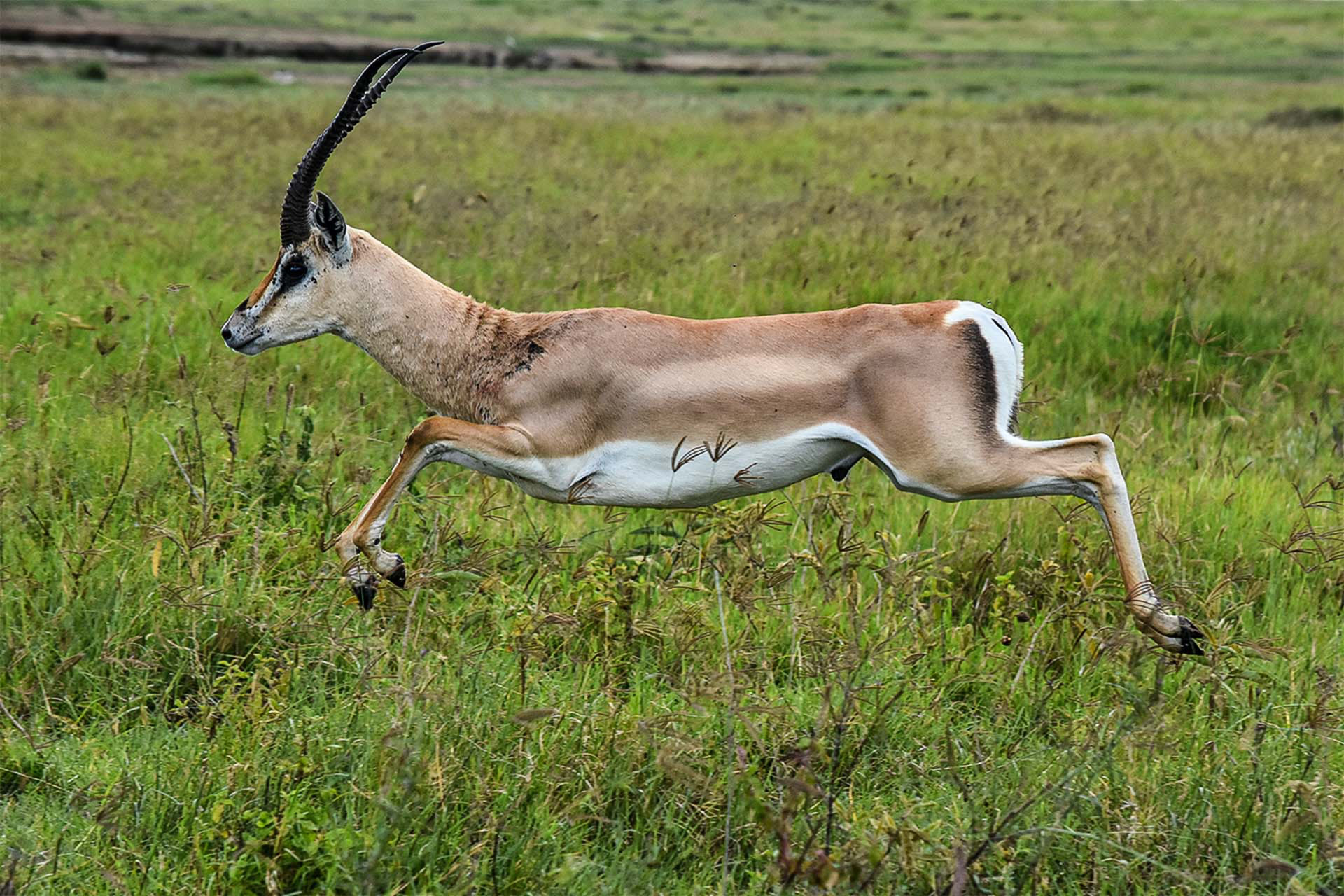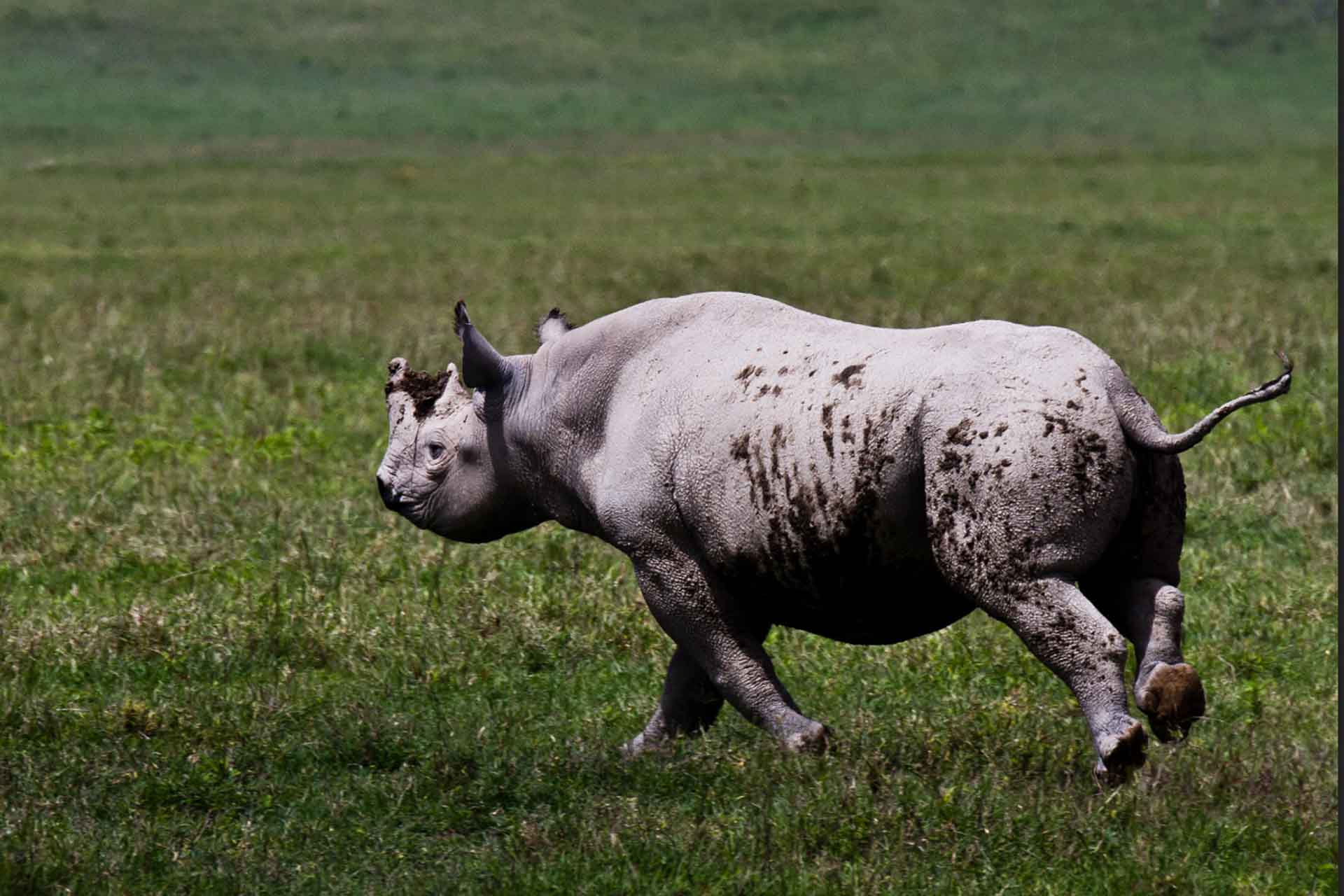Walk Among the Wild Chimpanzees Tucked away on the shores of Lake Tanganyika, Gombe and Mahale Mountains National Parks offer a wildlife
The Ngorongoro Crater is one of Africa’s most spectacular natural wonders and a UNESCO World Heritage Site. Formed over two million years ago after a massive volcanic eruption, it is the world’s largest intact volcanic caldera, spanning approximately 260 square kilometers, with walls rising 600 meters high. This unique ecosystem supports one of the densest concentrations of wildlife in Africa, making it a must-visit safari destination.
Ngorongoro is home to the Big Five—lion, leopard, elephant, buffalo, and rhino—along with large herds of zebras, wildebeest, hippos, hyenas, and flamingos. The crater’s lush grasslands, acacia forests, and soda lakes create the perfect habitat for wildlife year-round. Unlike many safari destinations, game viewing in Ngorongoro is exceptionally easy, as the animals are confined within the crater, ensuring incredible sightings throughout the day.



A game drive inside the crater offers close-up encounters with wildlife in a breathtaking setting. Visitors can also experience cultural interactions with the Maasai people, who have lived in harmony with wildlife in the Ngorongoro Conservation Area for centuries. Exploring the nearby Olduvai Gorge, known as the “Cradle of Mankind,” provides fascinating insights into early human evolution.
Ngorongoro offers excellent safari experiences year-round. The dry season from June to October is ideal for wildlife viewing, while the wet season from November to May brings lush landscapes and vibrant birdlife, including flocks of pink flamingos on Lake Magadi.
Walk Among the Wild Chimpanzees Tucked away on the shores of Lake Tanganyika, Gombe and Mahale Mountains National Parks offer a wildlife
Remote, and Remarkably Wild Remote and rugged, Ruaha National Park is a hidden treasure for wildlife lovers and birders alike. As Tanzania’s
Guided Nature Tours in the Breathtaking Usambara Mountains Tucked away in southern Tanzania, the Udzungwa Mountains are a place of pure magic.
Guided Nature Tours in the Breathtaking Usambara Mountains Hidden away in northeastern Tanzania, the Usambara Mountains are a true gem for birding
At Charles Tours, we are more than just a Tanzanian tour company—we are a team of passionate professionals and experienced guides who know our country Tanzania inside and out. Based in Arusha in northern Tanzania, we specialize in memorable birdwatching safaris, wildlife adventures, Kilimanjaro trekking, and Zanzibar beach vacations, offering you an authentic and immersive experience in one of Africa’s most breathtaking destinations.
©2025.Charles Tours. All Rights Reserved.